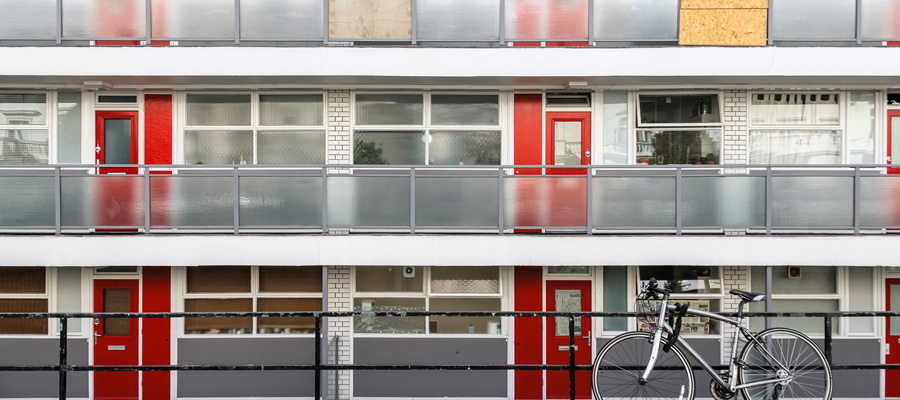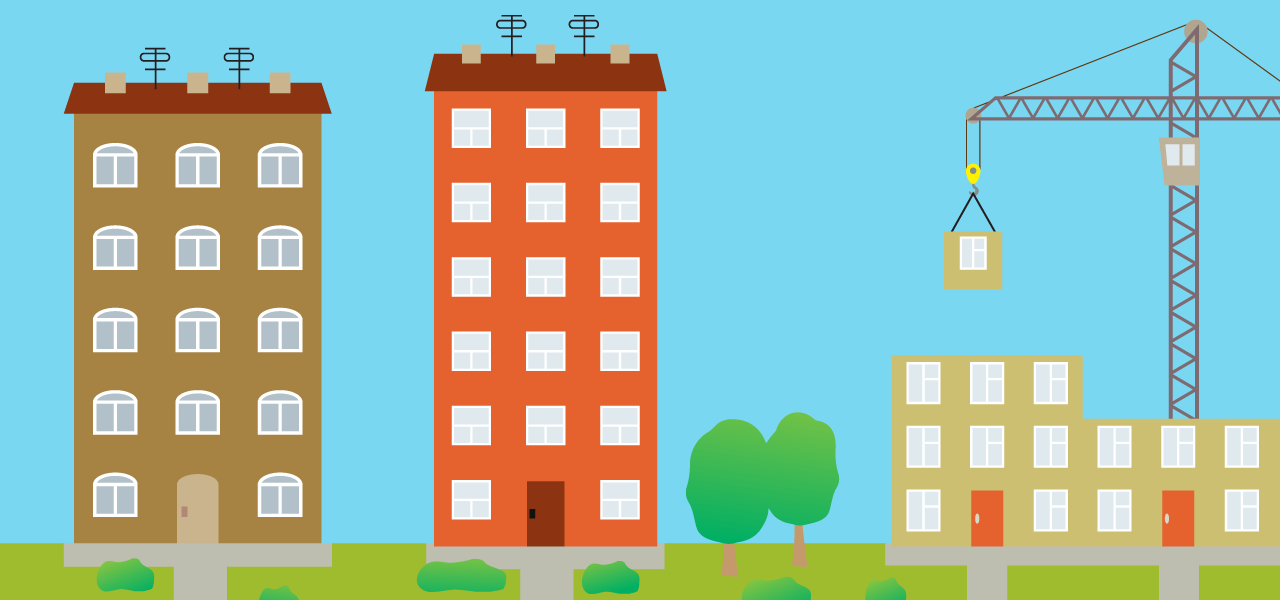Next steps for federal housing policy: A look at 2021 election promises

Affordable housing was an important theme in the 2021 federal election, with all major parties tabling a range of policy actions. These include some high-profile promises with real potential to rein in financialization and speculation, along with a number of new incentives for first-time buyers, which are mostly gimmicks. Below I mostly consider the proposals from the re-elected Liberals, since they will most likely shape the housing conversation in the next Parliament.
Overall, the federal effort remains short of where it needs to be if we are to seriously address affordability. As CCPA’s Ricardo Tranjan pointed out during the campaign, all parties showed a lack of commitment to building new rental housing. The availability of affordable rental housing is central to the well-being of a large share of working households.
Instead, voters heard a lot of proposals to help first-time buyers get into the market. Among the promises in the Liberal platform is a rent-to-own program based on a model of landlord charity—where they would commit to charge a lower-than-market rent so that the renter can build up savings for a down payment, with the landlord committing to transfer ownership within five years or less. It’s hard to see how this would work in the real world.
During the campaign, all parties showed a lack of commitment to building new rental housing.
The Liberals also promised more flexible terms on their 2019 First-Time Home Buyer Incentive, a shared-equity program where the government would take on up to 10% of a mortgage, thereby allowing the buyer to purchase a more expensive property than otherwise. And there will be an enhanced First-Time Home Buyers’ Tax Credit along with 25% lower Canadian Mortgage and Housing Corporation mortgage insurance costs.
First-time home buyer programs may be politically popular, speaking to desires for greater housing security along with fears of being left behind, amid a dominant culture of “building equity” through real estate that is deeply entrenched in Canada. However, to the extent that these incentives work at all, they only help to further increase prices by subsidizing younger households to get deeply in debt for a toehold on the bottom rung of the housing ladder. This is good for banks extending mortgage debt and existing homeowners who benefit from higher prices, but it will not challenge the core problem of unaffordable housing.
The most promising proposals from the Liberals target the demand side of the market, including a foreign ownership ban for two years. This comes on top of a previous measure for a 1% tax on vacant homes owned by non-residents, set to start in 2022. The Liberals also proposed a tax on properties flipped in less than a year after purchase, and pledged to review the favourable tax treatment of Real Estate Investment Trusts (REITs), which have been buying up rental apartments and evicting tenants to increase revenue streams.
These moves challenge financialization and speculation in the housing market, and the federal government should be pressed to follow through. However, they may have little impact on housing affordability relative to the ultra-low interest rates driving a lot of current market activity.
On the supply side, the Liberals promise to double funding for the National Housing Co-Investment Fund (NHCF), a part of the National Housing Strategy intended to fund social (co-op and non-market) housing in partnership with non-profits and other levels of government. However, most of that funding is in the form of loans, and NHCF funds have been very slow to get out the door into finalized project agreements. Here, the NDP’s more aggressive proposal for 500,000 new affordable units over ten years and waiving the GST charged on new units, would be useful additions in the context of a minority Parliament.
First-time home buyer programs will not challenge the core problem of unaffordable housing.
A serious proposal to bring down the price of housing was nowhere to be found during the election. None of the major parties wants to stop the upward climb of home prices, nor would any consider taxing the windfalls from real estate that have accumulated in the hands of homeowners.
It’s also hard to see how all of these measures will result in the Liberals’ election promise to eliminate chronic homelessness. This should absolutely be a top federal priority but at this point is more wishful thinking than serious policy. Overall, new federal measures may help somewhat on the margins, but more fundamental changes in tax and regulatory policies will be needed to close the growing gap in housing.
This research is supported by a grant from the Vancouver Foundation. This article was originally published in The Monitor.
Topics: Housing & homelessness, Poverty, inequality & welfare



